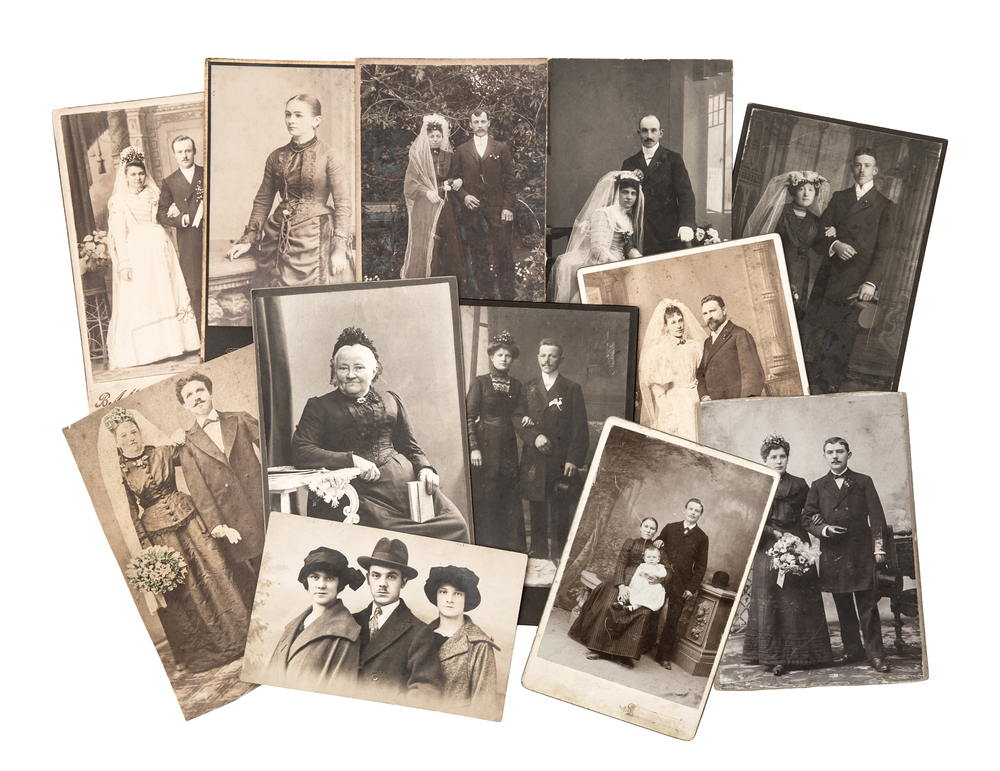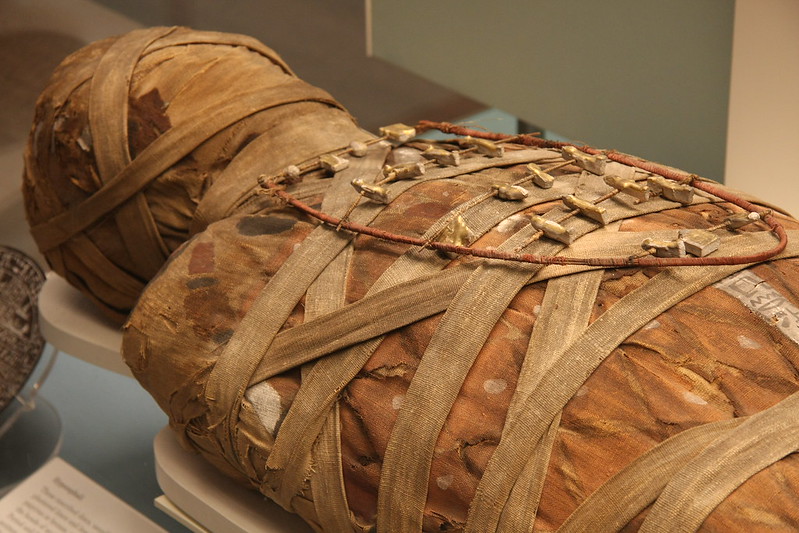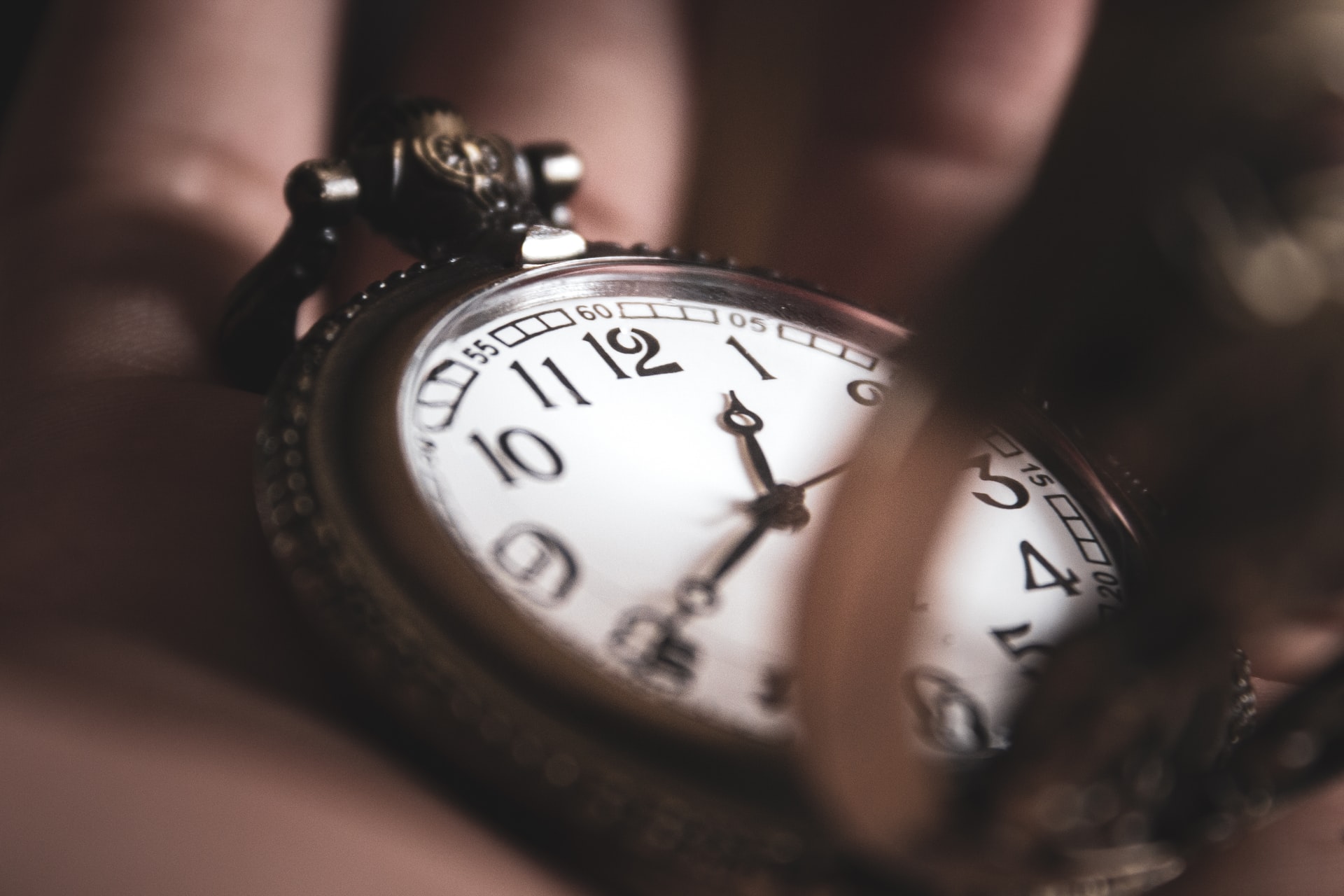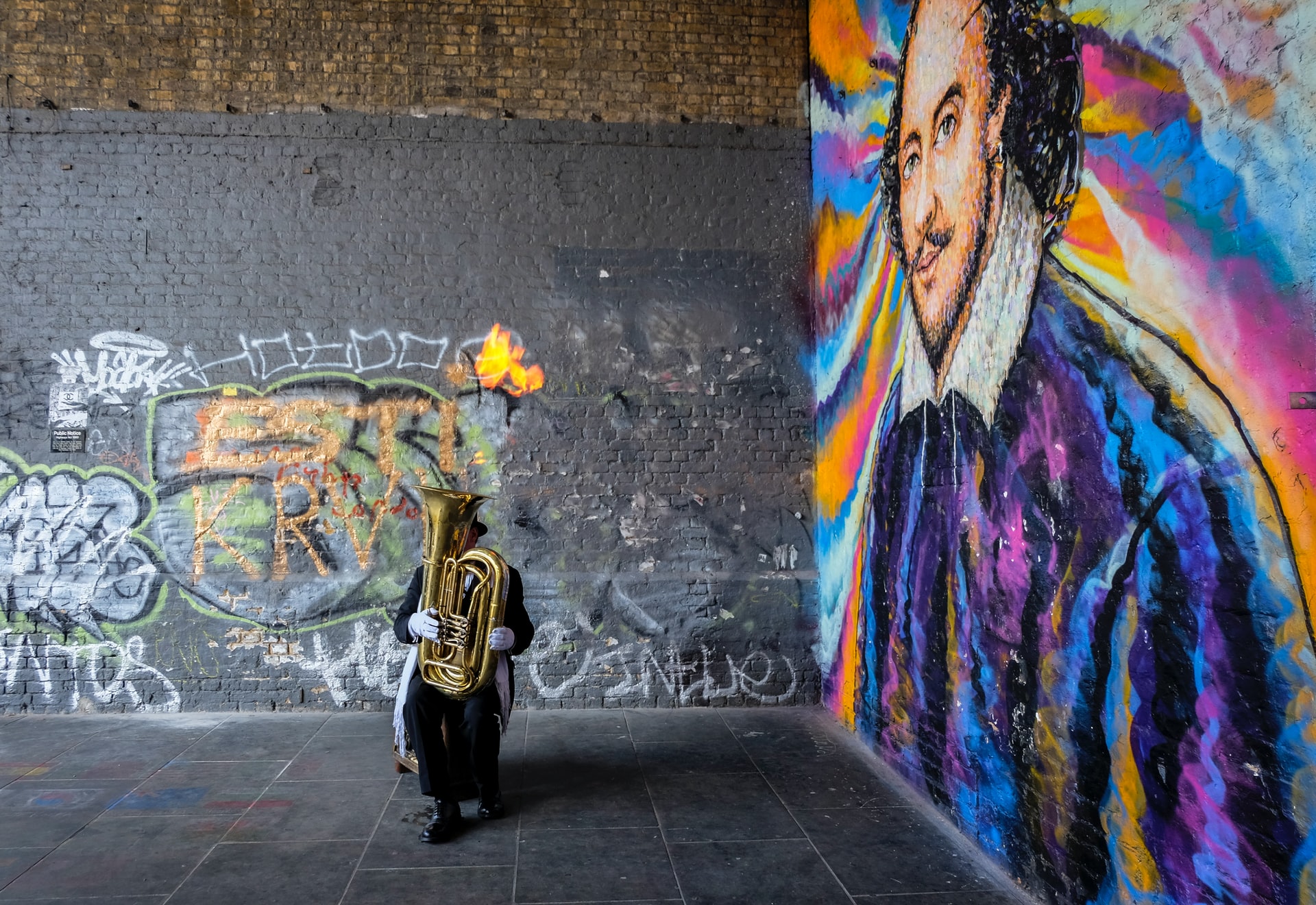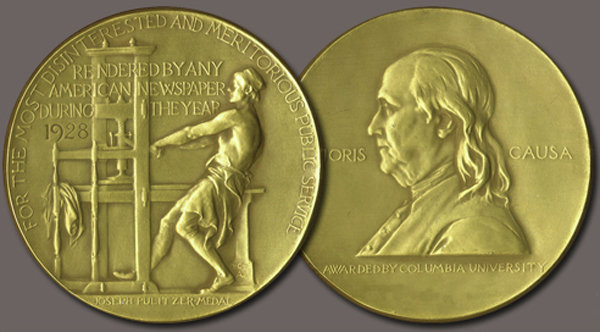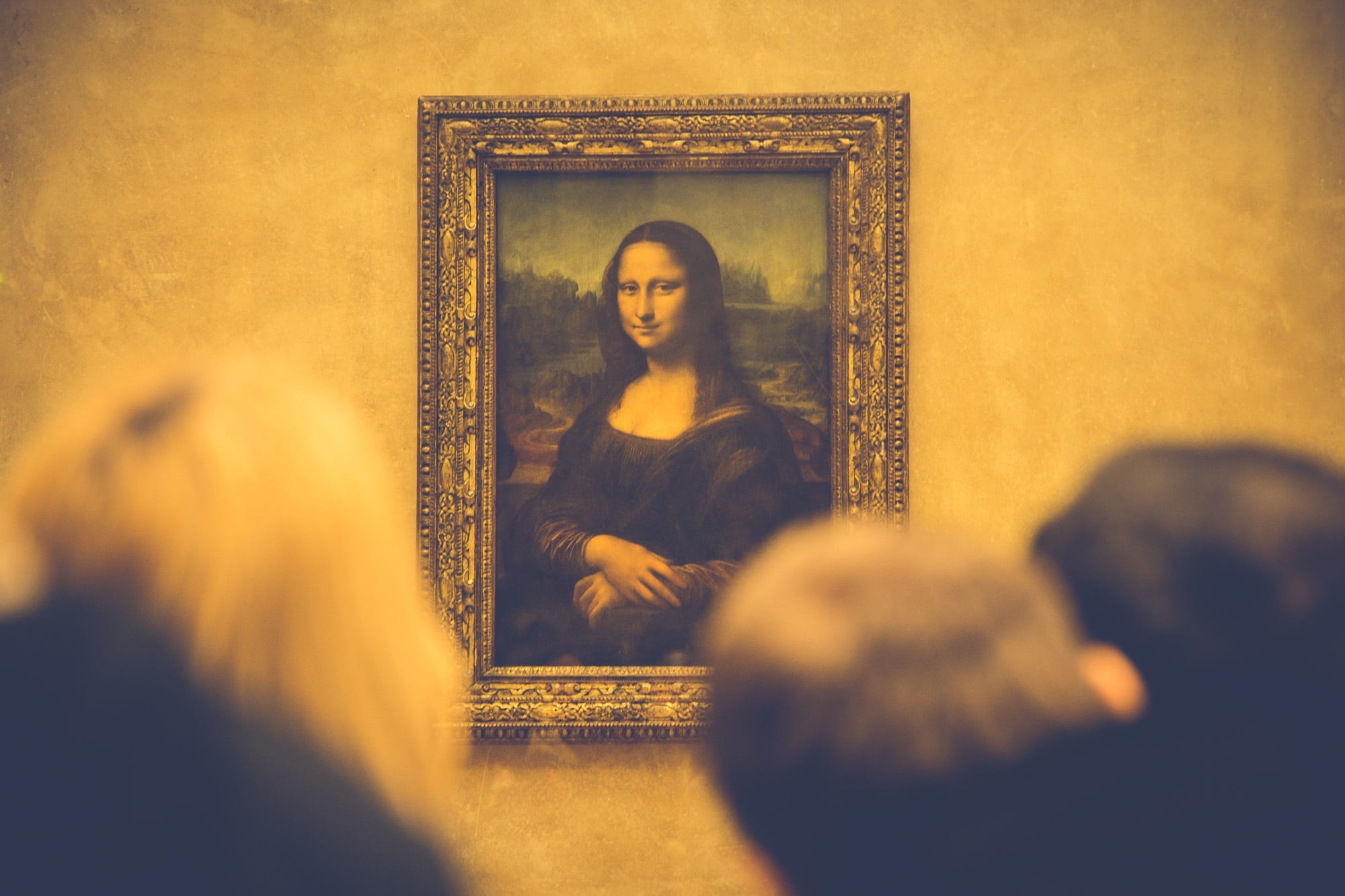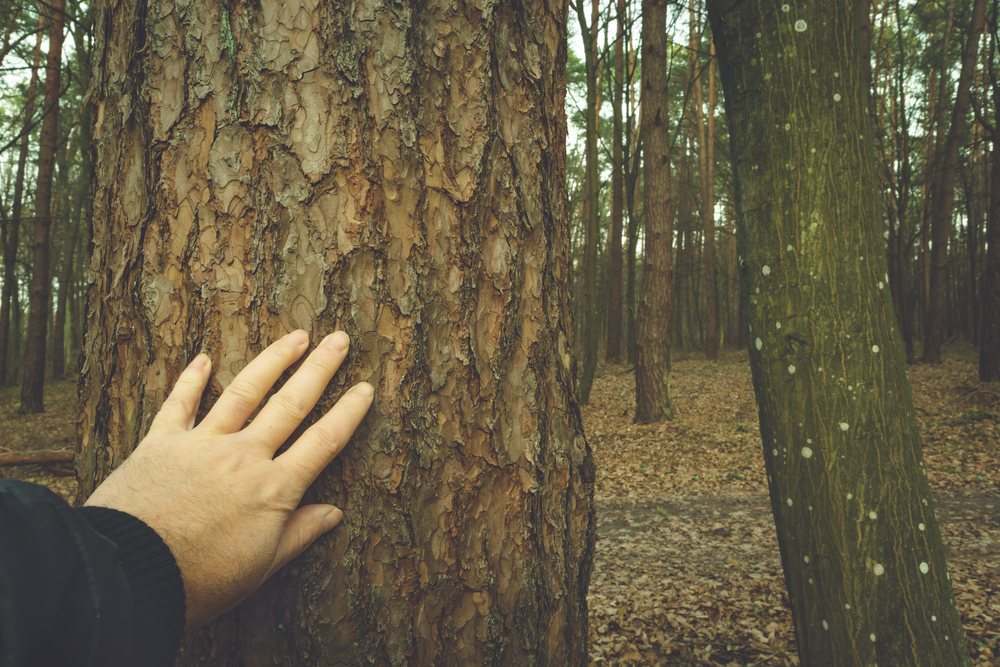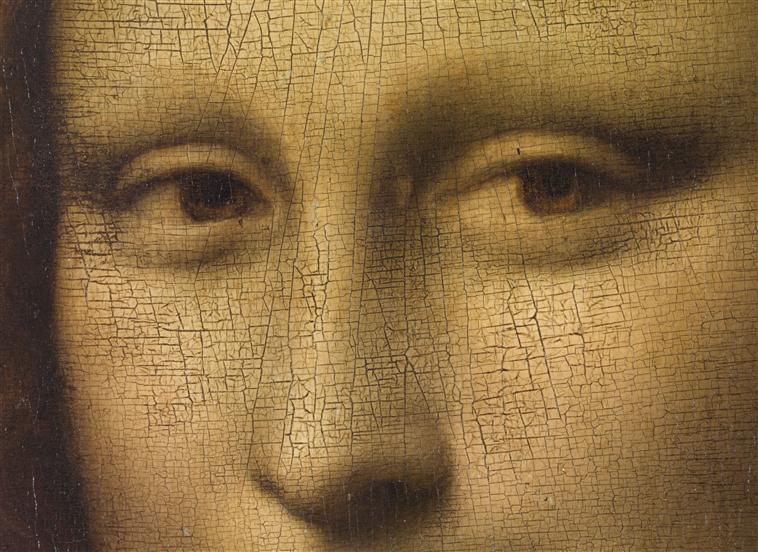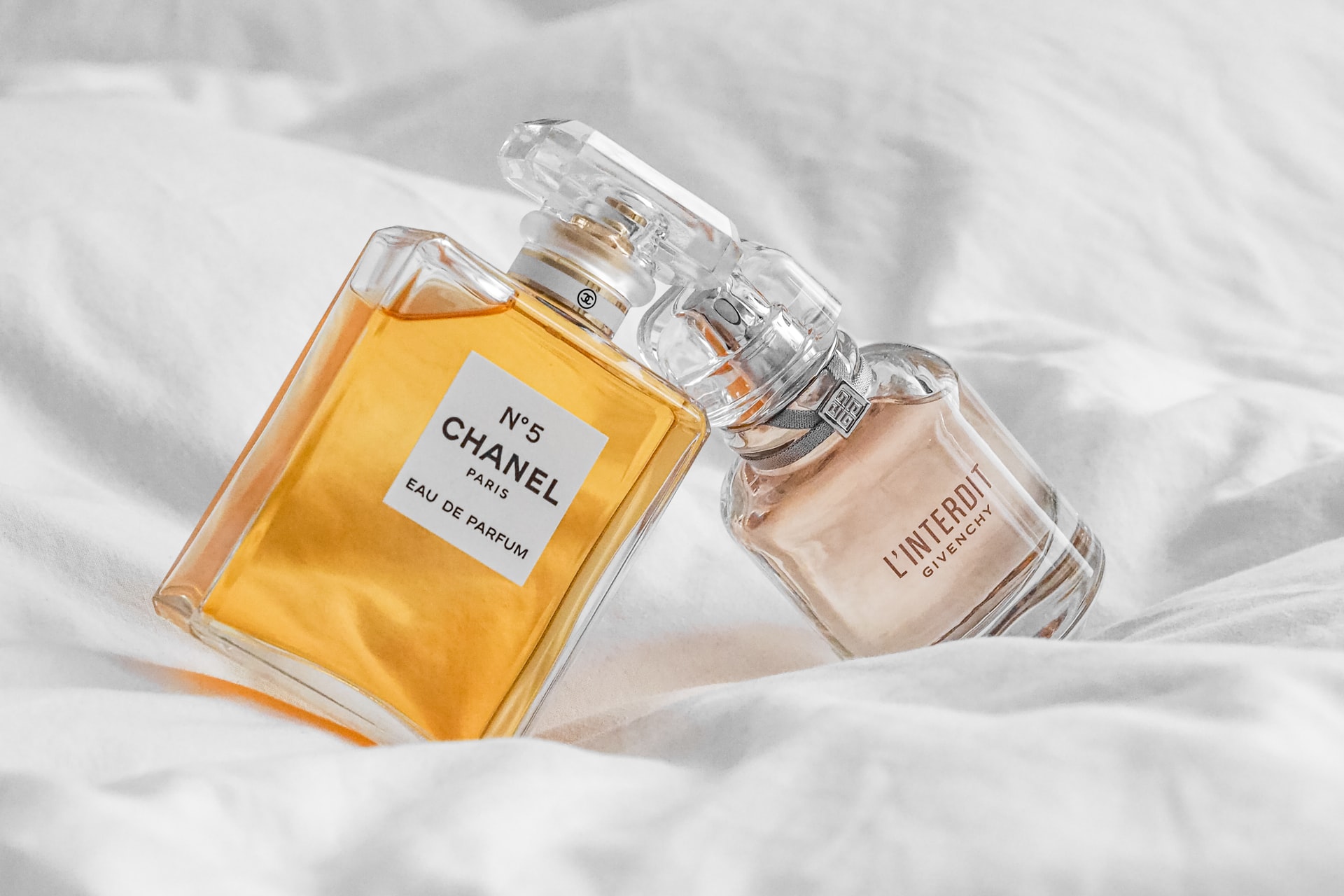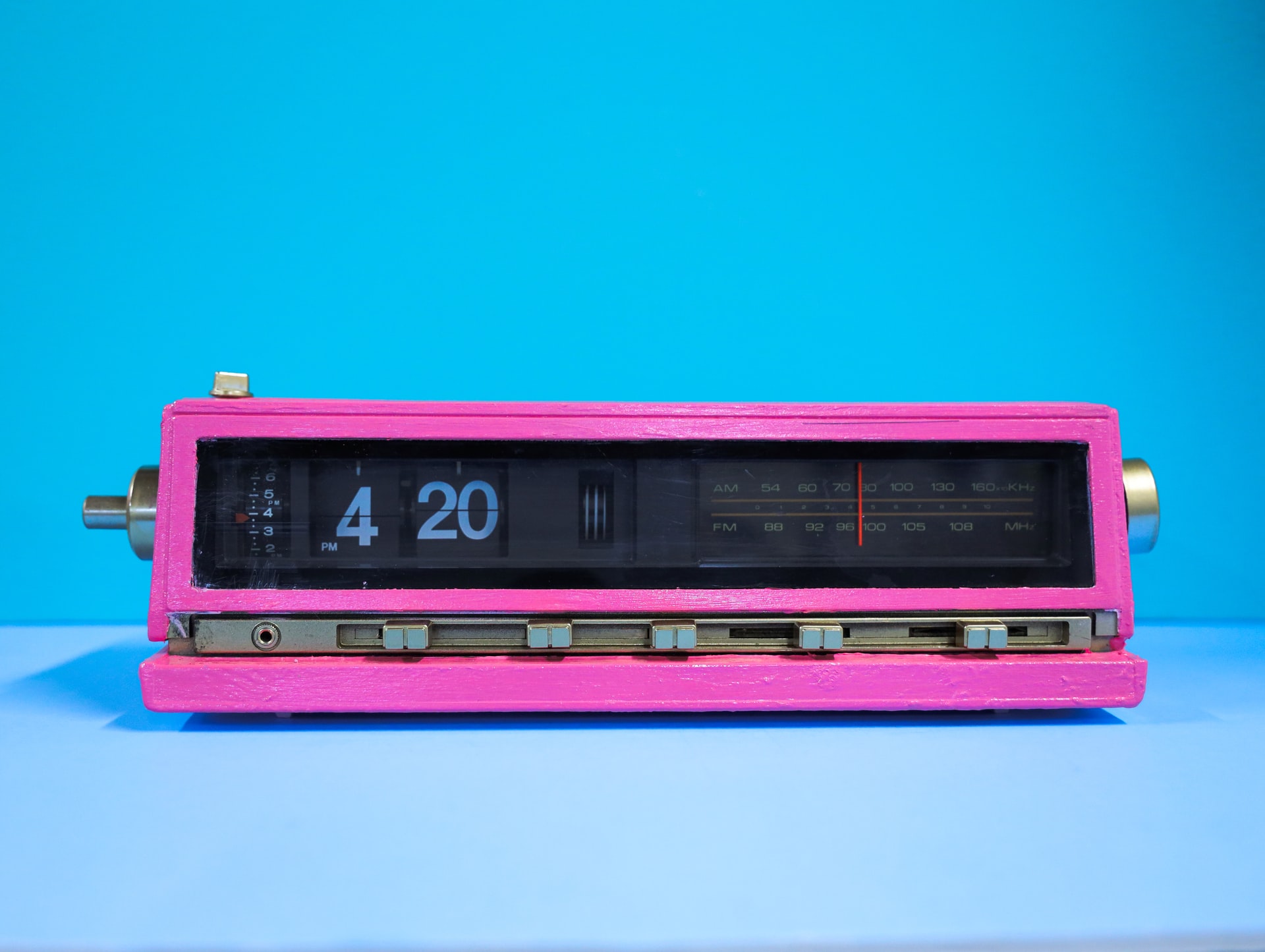Reading Time: < 1 minutes
- Cameras work on a simple concept – the camera lens collects light being reflected from the object and transfers it to the recording medium (films in old cameras and image sensors in modern cameras) that capture the image of the object.
- How much light the camera captures depends upon on the shutter speed.
- A shutter is a curtain in front of the image sensor that stays closed until the camera fires.
- When you press the button, the shutter opens and fully exposes the sensor to the light that has passed through your lens.
- After the sensor is done collecting the light, the shutter closes immediately, stopping the light from hitting the sensor.
- Today, the cameras, through options to choose different shutter speeds (ranging from 1/8000th of a second to 30 seconds or even more), allow us to decide how much light we want them to capture.
- This roughly means that if a photograph is clicked with fast shutter speed, the time difference between the click of the button and the capturing of the photo is minimal.
- In old days, the shutter speeds were very slow – in the first versions, it is believed to have been 10-15 minutes.
- This means after the click of the button, it took minutes before the photograph could be captured.
- That was a long time for people to hold a smile, so they avoided it.
- Also, high exposure times are bad for clarity and anything that moves during long exposures turns blurry.
- Photographs were an expensive affair back then, and nobody wanted to risk money on a blurry or wrongly captured smile.
- Another theory about lack of smile is that when photographs were first invented, people thought of them as paintings, and people in photos copied how people sat for their portraits.
- A few historians also believe, it had to do with culture – in the 17th century Europe, those who smiled for a portrait were thought to be poor, drunk, or clownish and it carried over to the photographs.
Image courtesy of LiliGraphie through Shutterstock

